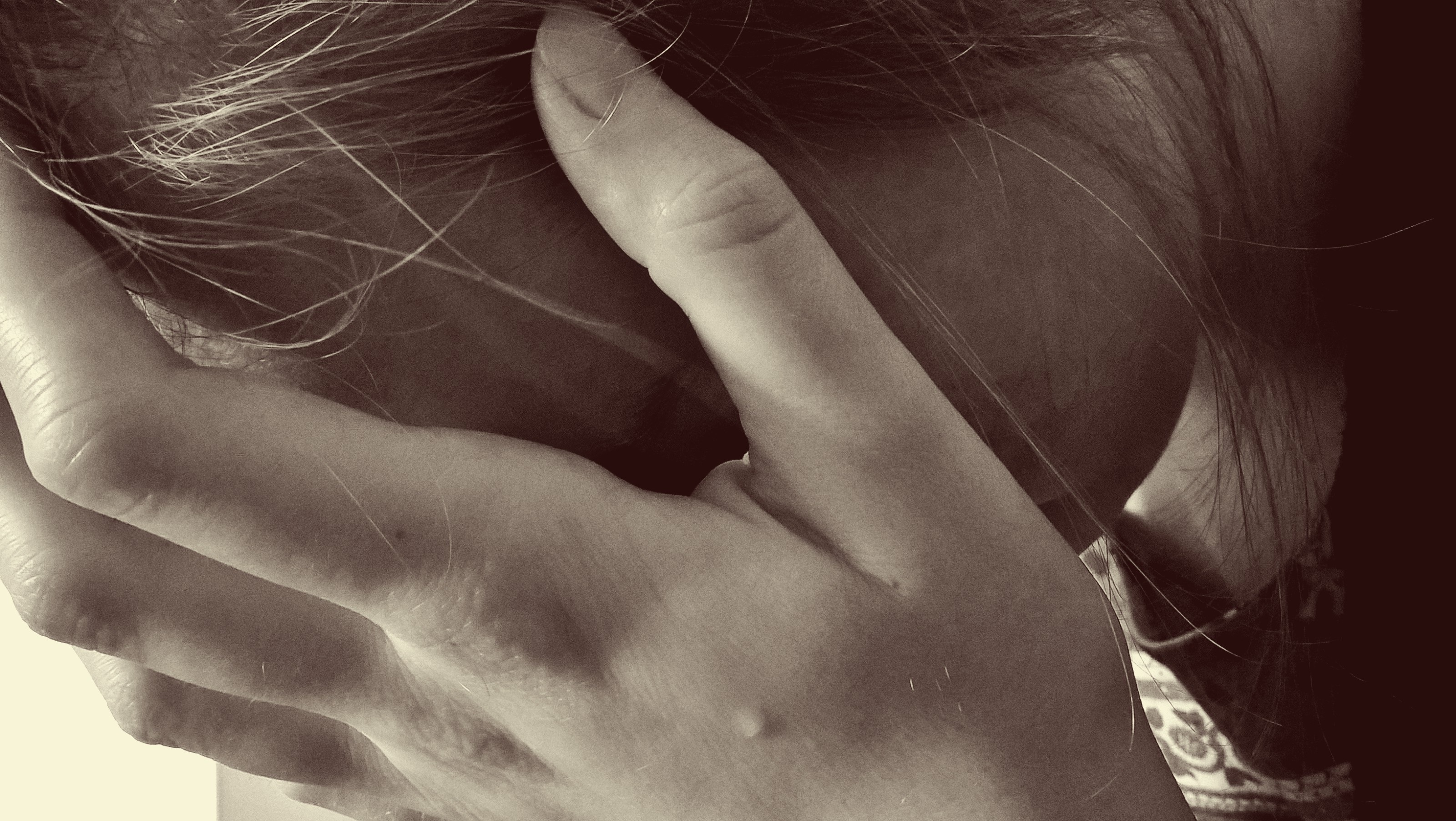Spring Center of Hope
Ketamine Treatment for Chronic Pain
What is CRPS?
Complex Regional Pain Syndrome (CRPS), formerly known as Reflex Sympathetic Dystrophy (RDS), is a chronic pain condition with limited effective treatment options. After a painful injury or operation, a small percentage of people go on to have unrelenting severe pain in that same area. The pain continues even after the injury heals and can include swelling, joint stiffness and skin changes. These patients may try multiple treatments including nerve blocks, spinal cord stimulators and prescription medications including narcotics. Unfortunately, with narcotics tolerance can build over time and increase the pain.
How Does Ketamine Help CRPS?
Ketamine works by resetting areas of the central nervous system to decrease the extreme sensitivity to pain. This treatment has gained so much popularity that the American Society of Regional Anesthesia and Pain Medicine, the American Academy of Pain Medicine and the American Society of Anesthesiologists published consensus guidelines in 2018. Spring Center of Hope follows these and other consensus statements to pursue optimal results. Contact us to discuss treatment options for your chronic pain.
For more information about ketamine for chronic pain read our blog post. (link to our blog)
Migraines
What are Migraines?
Migraines are recurrent, often debilitating throbbing headaches that typically occur in one part of the head. These can be accompanied by nausea and vomiting or sensitivity to light and sound. Scientists now suspect a genetic cause for migraines. We also know of several migraine triggers, some are hormones, certain foods we eat, stress, anxiety, lack of sleep or bright lights.
How Does Ketamine Help Migraines?
There are several treatment options to prevent or reduce the severity of migraines.
- Avoid triggers such as alcohol and certain foods
- Prevention medications, such as erenumab (Aimovig) a FDA approved drug for migraine prevention, as well as drugs used for epilepsy, depression or high blood pressure
- Prevention with injections of Botox (Botulinum toxin A)
- Behavior and stress management techniques
- Pain relief medication such as sumatriptan, ergotamine drugs and analgesics
- Ketamine infusion therapy
Spring Center of Hope sees patients with chronic migraines that are not finding relief from first line treatments or preventions listed above. We will work with your primary physician; pain specialist or neurologist complement your migraines treatments with ketamine therapy.
For more information about migraines visit: The National Institute of Health (https://www.ninds.nih.gov/Disorders/All-Disorders/Migraine-Information-Page)

